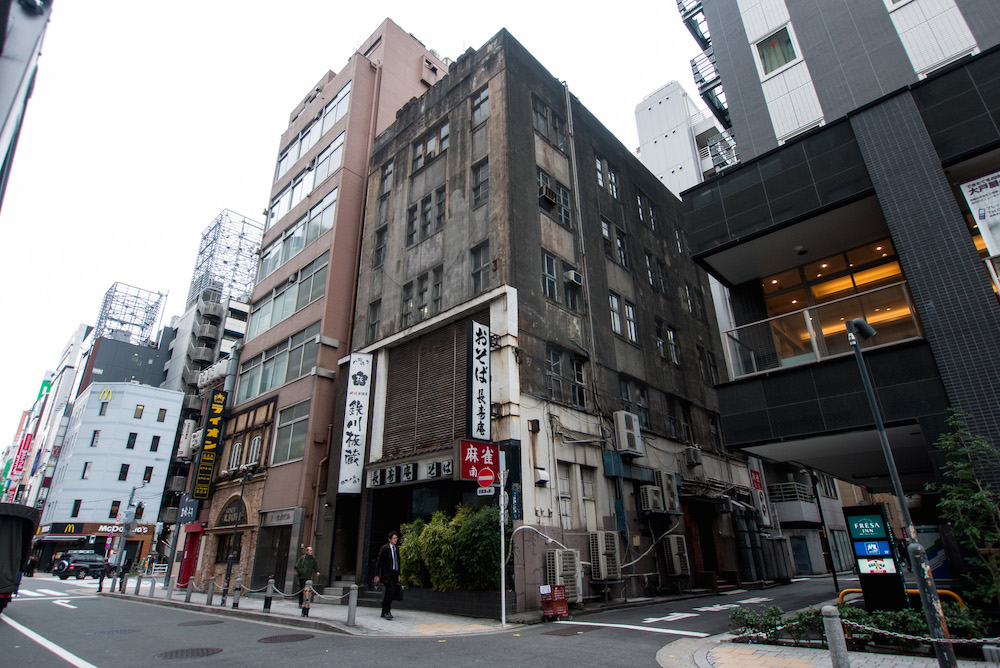Japan’s top developers by resale value in 2013
Style Act Co., Ltd. (formerly Attractors Lab) published their ranking of Japan’s top developers by resale value. In top place for the fourth year in a row was Marubeni with an average resale price of 1.6% lower than new. The average resale value across all developers was -10.0%.
The data is based on the average difference in the advertised price of an apartment in 2013 vs. the average price of new apartments built from 2001 onwards. Over 38,000 apartments were used in compiling the data.
Top developers by resale values:Read more
Residential yields and vacancy rates in Minato-ku - September 2014

According to real estate listing site Homes, the average gross yield on an apartment in Minato-ku in September was 5.6%, up 0.3 points from the previous month but down 0.4 points from last year. The average gross yield across Tokyo was 7.0%, showing no change from the previous month and down 0.9 points from last year.
The vacancy rate was 9.9% in Minato-ku and 11.0% across Tokyo.
The average asking price of a secondhand apartment in Minato-ku was 804,386 Yen/sqm as of September 1, up 1.55% from last month. The average asking price for land was 1,279,090 Yen/sqm, up 0.17% from last month. Read more
Shimbashi to lose one of its oldest buildings

Shimbashi is about to lose one of its oldest buildings as the 94-year old Tsutsumi Daiichi Building is about to be torn down to make way for redevelopment.
Built in 1920, the five storey building was designed by Yunosuke Sakai and built by Toyo Concrete Kogyo. It is an early example of reinforced-concrete construction and possibly the oldest existing multi-tenant concrete building in Tokyo. Japan's first all-concrete building - the Yokohama Mitsui Bussan Building - was built just 9 years earlier in Yokohama. Sakai had assisted Oto Endo with the design of the Yokohama building.Read more
Are the Olympics artificially pushing up property prices in Tokyo?
When it was announced that Tokyo would host the 2020 Summer Olympics, owners of high-rise apartments in Tokyo’s bayside area (an area will host the Athletes Village and several sporting events) were naturally excited by the news. Apartment sales offices saw a dramatic increase in demand from buyers who feel certain that the Olympics is going to push up real estate values in the area.
In an article in the Nikkei Business publication, Eugene Oki from Attractors Lab suggests that recent price rises in the bayside islands may lack the substance to continue at current rates, and urges buyers to take a careful look at the factors behind market trends.
The Olympics will bring much needed infrastructure such as sports facilities and a bus lane to the bayside area of Ariake, Harumi and Kachidoki, but the Olympic games alone are not going to be a strong enough reason for the extension of a subway or train line. Retail and other facilities that improve the quality of life will also take some time to create. As such, it is difficult to say whether the current increase in real estate prices can be maintained after the Olympics are over.
Price growth is heavily dependent on trains and subways, not buses
The biggest influence on price growth in a particular area is the development of train or subway lines. In Japan, a bus route or buss rapid transit (BRT) has rarely been shown to improve property values.
There are plans to introduce a BRT that would connect Harumi Island with the Ginza district. While access to Ginza may sound appealing, the majority of residents in the island areas need access to business areas such as Otemachi, Marunouchi, Shinagawa and Shinjuku. Rather than stopping at Ginza, a bus to Yurakucho Station on the JR Yamanote Loop Line would at least provide commuters with an easier switch to the train system.Read more
Tokyo apartment sales in August 2014

The following is selection of apartments that were sold in central Tokyo during the month of August 2014:Read more
Google launches disaster prevention map for Tokyo

Google’s Crisis Response Team have released a disaster prevention map for Tokyo. The map shows the various risk levels for building collapse, fire and evacuation hazards, as well as the location of evacuation zones, public pay phones and tsunami evacuation buildings.
Zones are based on data supplied by the Tokyo Metropolitan Government. The local government has provided this data online for several years, but the link up with Google Maps has provided a much easier user interface.Read more
Warou Flat - Azabu’s oldest rental apartments

Just a short walk from the bustling Azabu/Roppongi area there exists several pre-war apartments. Warou Flat is a small group of western-style rental apartments built between 1930 ~ 1937. There were originally five buildings, but only three remain. The buildings have been carefully maintained over the last 77 years and have so far managed to escape redevelopment. Read more
